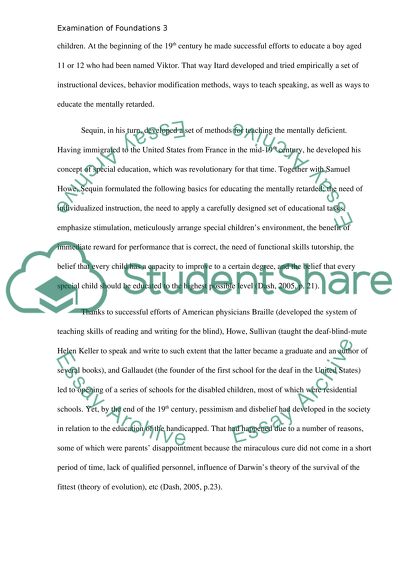Examination of Foundations Research Paper Example | Topics and Well Written Essays - 750 words. Retrieved from https://studentshare.org/education/1459605-examination-of-foundations
Examination of Foundations Research Paper Example | Topics and Well Written Essays - 750 Words. https://studentshare.org/education/1459605-examination-of-foundations.


